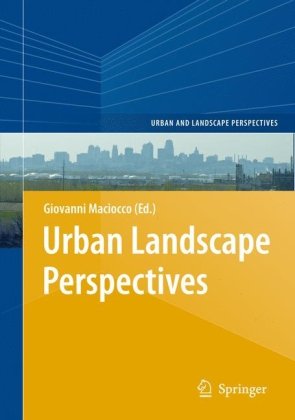

Most ebook files are in PDF format, so you can easily read them using various software such as Foxit Reader or directly on the Google Chrome browser.
Some ebook files are released by publishers in other formats such as .awz, .mobi, .epub, .fb2, etc. You may need to install specific software to read these formats on mobile/PC, such as Calibre.
Please read the tutorial at this link: https://ebookbell.com/faq
We offer FREE conversion to the popular formats you request; however, this may take some time. Therefore, right after payment, please email us, and we will try to provide the service as quickly as possible.
For some exceptional file formats or broken links (if any), please refrain from opening any disputes. Instead, email us first, and we will try to assist within a maximum of 6 hours.
EbookBell Team

4.1
40 reviewsUrban Landscape Perspectives explores how landscape terminology can be usefully brought into the urban debate. Articles in this book include theoretical reflections on the landscape as an eminently project-like figure. It argues for attention to be drawn to the landscape as the origin of the sense of man s home and of the reasons for the city, as well as to the search for the primary elements of city construction, of its public sphere. This role can only be developed with project-oriented intentions reconstructing the bond between city and landscape. We therefore associate the project of the landscape with theproject of the city.
The title of this book comes to our aid in that it enables us to limit the field of possible definitions to the sphere of relations existing between the landscape project and the city project. When we state the two terms city and landscape separately, we are implicitly acknowledging a detachment between two entities that tradition has considered inseparable.
Other theoretical reflections, applications and best practices explore the involvement of the territory in the organisation of both urban life and landscape; how changes within the city have opened up traditional concepts of centrality towards new forms of centrality, as well as towards more environmental interpretations of centrality. The articles in this volume are by scholars with backgrounds in philosophy, architecture, urban and landscape planning, who have a particular interest in and experience of the city project at various operative scales.